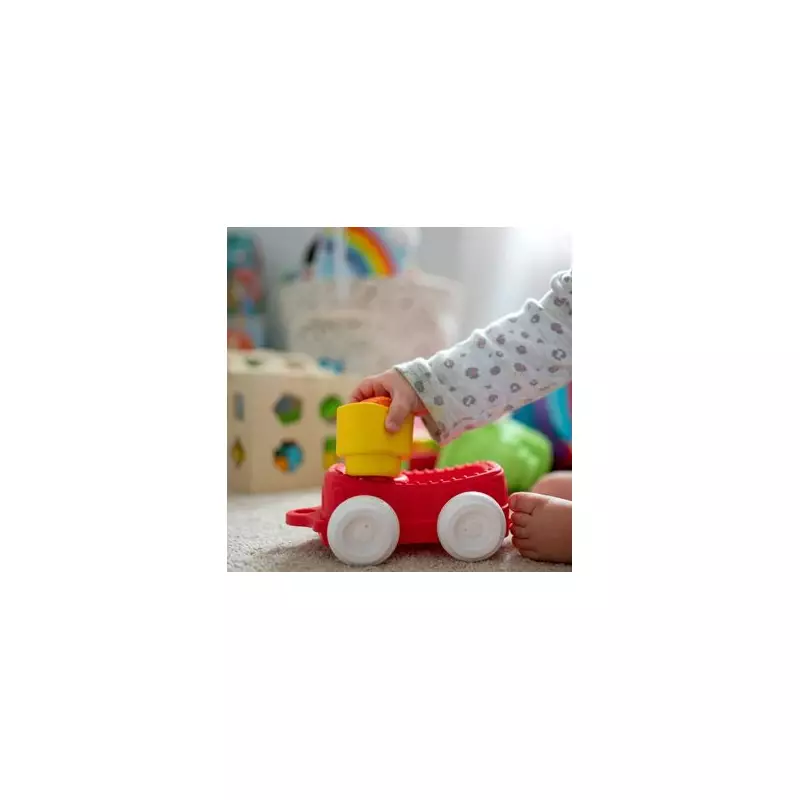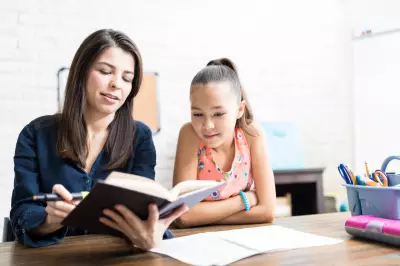
In an era dominated by tablets and smartphones, child development experts are urging parents to reconsider the power of traditional creative toys for their children's growth and learning.
The Science Behind Creative Play
According to leading child psychologist Amanda Gummer, founder of the Good Play Guide, creative toys like building blocks, art supplies and role-play sets offer developmental benefits that digital screens simply cannot match. "When children engage with creative toys," explains Dr Gummer, "they're not just playing - they're building essential neural pathways that form the foundation for future learning."
Key Benefits of Creative Toys
Research indicates that traditional creative toys provide multiple advantages for growing minds:
- Enhanced Problem-Solving Skills: Children learn to think critically and find solutions through hands-on experimentation
- Improved Emotional Intelligence: Role-playing helps children understand different perspectives and develop empathy
- Stronger Cognitive Development: Building and creating stimulates brain development in ways passive screen consumption cannot
- Better Social Skills: Collaborative play teaches communication, sharing and teamwork
The Digital Dilemma
While educational apps and digital content have their place, Dr Gummer emphasizes that they often provide predetermined outcomes that limit creative thinking. "With many digital games," she notes, "there's usually a right answer. Creative toys allow for open-ended exploration where the process matters more than the end result."
Practical Tips for Parents
Parents looking to boost their child's development through creative play should consider:
- Providing a variety of materials including building blocks, art supplies and dress-up clothes
- Creating dedicated spaces for creative activities without digital distractions
- Joining in the play occasionally to model creative thinking and problem-solving
- Balancing screen time with hands-on creative activities throughout the day
Dr Gummer concludes: "The evidence is clear - investing in creative toys isn't just about keeping children entertained. It's about giving them the tools they need to develop into well-rounded, capable individuals who can navigate an increasingly complex world."





